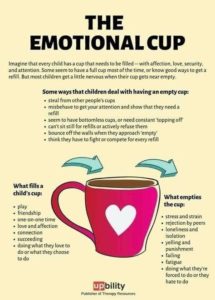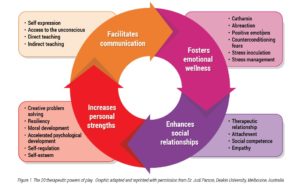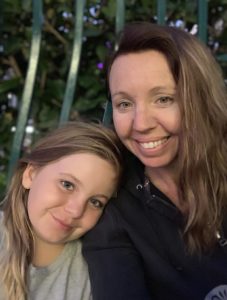Guest post by Jennifer Sorensen, LAC BHP
Team Lead ~ Child & Family Therapist
Blake Behavioral Health Services
I hope this letter finds you all well and optimistic. My goal in writing this is to open a conversation and offer resources to support you and your families. This pandemic has affected each of us in varying degrees, and of course our children as well. But there are ways we can manage these affects to come out thriving and strong, no matter the degree to which it has impacted us.
As we return to the safer version of normal, let us continue to seek connection and solace in knowing we have each other to lean on. This may be your own parent, or your room parent, or your therapist, or children’s therapist … If we can find ways to regulate ourselves, we can be better fit to help our children regulate. We can keep the boundary between the parenting realm and the child’s clear.
One of the things we understand about children is that they share universal anxieties. These span the globe, across time and culture. For the child, one of these anxieties is the loss of love of a caregiver, especially their primary caregiver. You might see this play out when there is an emotional breakdown, or an anger outburst. Aggression helps them feel powerful so they don’t have to feel the anxieties. Ultimately, kids need to know that they are safe and loved, no matter what. They see their parent as all powerful and capable of keeping them safe. Considering the attachment perspective, children need consistent, loving caregivers to help them navigate these turbulent times. If we are okay, they will be too. But what if we are not okay!? What if my child is not okay? There are numerous ways this can manifest, whether it be separation anxiety, fear of death, an experience of death, and the list goes on.
Maybe you haven’t considered that children have mental health considerations just like we do as grownups. My invitation to you today, is to consider their mental health (their social and emotional development) and all the wonderful things you can do as their favorite person to help them manage, and maybe help you too! Help them to understand that it is our job as parents to keep them safe. It is the teacher’s job to keep them safe. And we are all doing such a good job at this! We can highlight the changes we have made to implement safety and trust in the process. Helping your child have realistic expectations about their day can be one of the easiest things to implement. Having conversations about safety and preparing them for the change is important too. Pushing through the anxiety is actually recommended by science.
Calming ourselves, so that we can help our children stay calm is the aim. If we need to regulate, find ways to do this outside of the parenting relationship, so that you can return to that relationship as the bigger, stronger and wiser model that will be worthy of their imitation.
Please see these attached references for additional support.
You are not alone. We are in this together.
The Oyster and The Butterfly PDF Book



